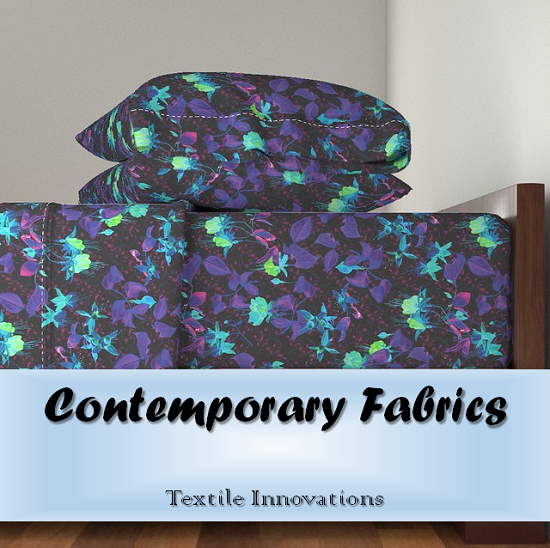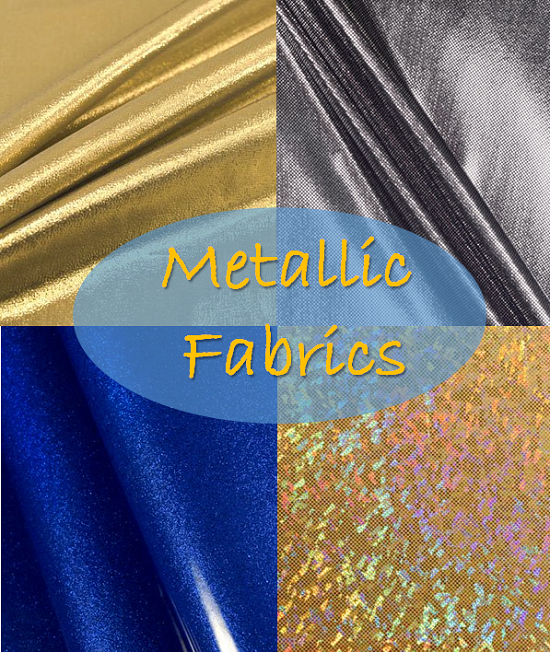Contemporary fabrics are textile materials that have been developed through new innovative ways of textile production in the past century. Traditionally, the manufacturing of cloth was done through the use of natural yarns, and woven, first with handlooms, and subsequently through power looms powered by electricity.
Now, the production of modern fabrics has taken a new dimension. New systems, new materials and ingredients, and improved processes, including the influence of high-tech and human inventions, have created what can be described as new-age textiles. From high-performance textiles to fluorescent materials, contemporary and modern textile materials have gone beyond being made for clothing, décor, domestic, and industrial use.

They have transformed into being manufactured for particular functions, and many more contemporary fabrics are now created to be interactive and responsive.
Types of Contemporary Fabrics
Reflective fabrics
This modern textile material is formulated with glass bead technology and is mainly used for safety and production purposes like cycling wear, workwear,
Fluorescent fabrics
They are ultra-bright contemporary fabrics whose colours absorb and emit light.
Kevlar textile
These high-performance, fire, and chemical-resistant fabrics are derived from the nylon family. They are used for bullet-proof vests, safety uniforms, safety gloves, and skateboards.
Eco-friendly fabrics
Unlike synthetic man-made fibres, these are produced from purely natural fibres like cotton, bamboo, and hemp. They possess anti-bacterial and hypo-allergenic properties and are mainly used for clothing, household textiles, reusable bags, and underwear.
Phosphorescent fabrics
Phosphorescent textiles are contemporary fabrics that ‘glow in the dark’ and unlike fluorescent fabrics, do not immediately re-emit the radiation it absorbs. They are used for fabric-based stickers, fishing nets, and consumer products, like clothing, footwear, and caps.
Metallic materials
Although silver and gold yarns have been used as far back as ancient times for fabric decoration of the noble, their use today has evolved from being used for fabric embellishments, to being produced as yardage material for consumer use. It is commonly used as upholstery fabric, and for party clothing, fashion accessories, and evening wear.
